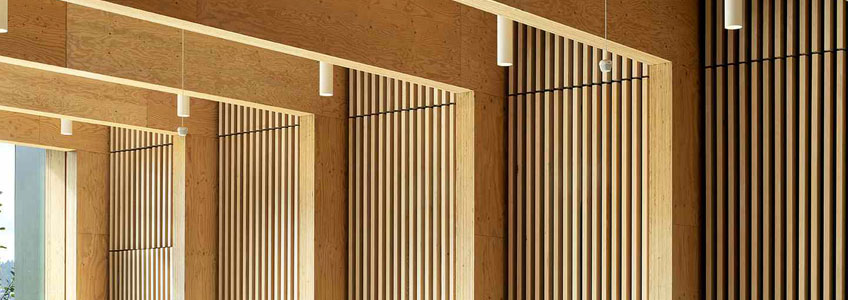
Versatile Applications of Various Plywood Panels: Choosing the Right Thickness for Every Project
Plywood is a fundamental building material widely used in various industries due to its durability, versatility, and ease of use. It comes in different thicknesses, each suited for specific applications. Among the most commonly used sizes are 1/2″, 3/4″, and 5/8″ plywood panels. These thicknesses offer distinct benefits and are selected based on the requirements of the project, whether it’s for construction, furniture making, or other DIY tasks.
1/2″ plywood is often the go-to choice for projects that require a balance between strength and lightweight properties. This thickness is commonly used in cabinetry, shelving, and wall paneling. It is strong enough to provide support for light to medium loads but remains relatively easy to handle and cut. In addition, 1/2″ plywood is frequently used in residential applications like building subfloors, partition walls, and in creating underlayment for flooring due to its affordability and practicality.
On the other hand, 3/4″ plywood is the thickest of the three and is often chosen for heavy-duty applications where strength and rigidity are paramount. It is a standard material in the construction of furniture such as tables, cabinets, and dressers, where the plywood needs to withstand substantial weight and frequent use. This thickness is also commonly used for subflooring and in the construction of structural elements in homes and buildings, offering greater load-bearing capacity compared to thinner plywood varieties.
5/8″ plywood falls somewhere between 1/2″ and 3/4″ in terms of thickness and is often used for applications that require a slightly stronger material than 1/2″ plywood but without the bulk and heaviness of 3/4″. It is ideal for use in roof decking, flooring, and sheathing in areas where moderate strength is needed, but weight and cost savings are still important considerations. 5/8″ plywood is also commonly used for making doors, paneling, and for custom projects in woodworking, providing a versatile and economical choice.
The choice between 1/2″, 3/4″, and 5/8″ plywood depends largely on the specific requirements of the project. For example, lightweight, non-structural projects such as decorative items or temporary fixtures would benefit from the flexibility of 1/2″ plywood. In contrast, for projects requiring durability and load-bearing capacity, such as cabinetry or structural components, 3/4″ plywood is often the best option. Meanwhile, 5/8″ plywood serves as a good middle ground, offering an optimal balance of strength, cost, and weight.
In conclusion, the different thicknesses of plywood panels—1/2″, 3/4″, and 5/8″—each have their own unique advantages, making them suitable for a wide range of applications. Choosing the right plywood thickness can significantly impact the durability, appearance, and cost-effectiveness of a project. By understanding the benefits and limitations of each thickness, builders and craftsmen can ensure that they select the best material for their specific needs, whether for light-duty projects or heavy construction.
Keywords: plywood, 1/2″ plywood, 3/4″ plywood, 5/8″ plywood, applications, construction, furniture making, subflooring, shelving, cabinetry, strength, lightweight, material selection, load-bearing capacity, structural components.
